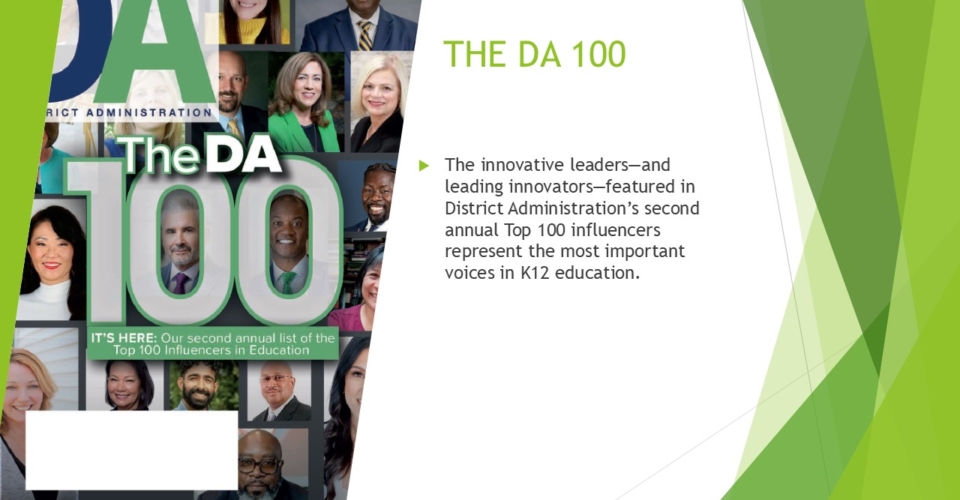As summer school 2024 approaches, new data reveals disappointing participation in last year’s programs.
K12 leaders know that summer school is among the most effective ways to get struggling students back on track. And even though most programs offered last summer were free, fewer than half of eligible students showed up regardless of whether there were enrollment restrictions, according to the latest research survey from the RAND Corporation. The report also found:
- 81% of districts offered elementary and secondary summer programs in 2023
- Every urban district surveyed offered summer school, typically operating four or more programs.
- The largest summer programs were typically free of charge, ran for four weeks, offered about four hours of academic instruction per day and employed district teachers.
- Less than one in five of the largest elementary summer school programs met the minimum hours of instruction recommended to benefit students academically.
- Four in 10 districts are expecting funding decreases for summer 2024.
“To reach a majority of academically struggling students, districts’ summer programs will need to significantly increase enrollment,” the report’s authors noted. “This is no simple task.”
Summer school stimulus
Teachers and administrators can increase summer school participation by more intentionally informing parents that their children need extra instruction. Some districts have had success by setting enrollment deadlines and offering incentives to families, the report advises.
To improve outcomes, programs—particularly at the elementary level—should last longer than four weeks to provide the ideal amount of instructional time, which, according to research, is three hours of academics per day for five or six weeks, RAND adds.
‘Talking Out of School’ podcast: One way superintendents learn to solve wicked problems
To give themselves a better chance of achieving the above goals, administrators should start planning summer school programs at the beginning of the calendar year. That gives schools time to develop rigorous lesson plans for summer programs rather than expecting teachers to come up with their own activities.
However, additional challenges loom with a “sizeable minority of districts” expecting funding to drop even as some students have not recovered from the turbulent years of the COVID pandemic.
“Looking ahead to summer 2024, it seems like summer programming is poised to shrink rather than grow,” the RAND report concludes. “Lower funding levels presumably mean that districts will have to serve fewer students, charge for their services, and/or cut back the length or degree of programming offered.”



